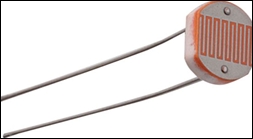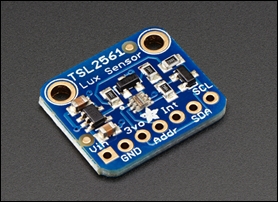We will follow on from the previous chapter with some new home automation devices and sensors, which are usable with Intel Galileo, and are related to energy management. In this chapter, we will try to focus on the lighting of our home. We'll check out some existing devices which you can use with Intel Galileo.
While finalizing the previous chapter, we made an introduction to the process of sending and receiving commands to Z-Wave devices with a USB controller; here, we will get into more detail about the use of Z-Wave commands.
Light sensors are used to measure the current intensity of light in the ambient environment. Light intensity is measured in lumen units depending on the sensor and the amount of light emitted by the source. Lux is also used to indicate the light amount in the environment Lux means the luminous flux per unit area, which is equal to one lumen per square meter. For example, when there is full daylight, the amount of light is around 10000-25000 Lux. During full moon days, the amount of light is around 0.267 Lux.
Light intensity data can help you to automate your lighting system to switch it on or off. Switching off light automatically with your home automation system, where light intensity is high enough to see, will save energy. You can also create your own luminance data table and use it to automate your application to regulate when to switch lights on or off.
There are many sensors compatible with the Intel Galileo pinout. You can either use photocells or digital light sensors to make your circuit with Intel Galileo and implement your application to measure the illumination of the environment.
The following figure shows a photocell. Photocells act as resistors when the current light intensity that increases resistance would decrease on the photocell and you would start to read high voltages from the Intel Galileo analog pins.

The next figure shows a digital light sensor manufactured by Adafruit. Adafruit TSL2561 uses the I2C protocol to communicate with Intel Galileo. In order to get the luminance value of your environment, you need to connect the sensor to Intel Galileo's corresponding pins for I2C and start reading.

Note
More information about the Adafruit sensor can be found at the following link: http://www.adafruit.com/product/439
You can find many other sensors available to use with Intel Galileo. Lighting sensors provide you with useful data to save energy to automate your lighting system.
